Only a few days after Super-Typhoon Hagibis hit Japan quite hard (Figs. 1, 2), the 2019 NDACC Steering Committee Meeting took place in Tsukuba (approximately one hour northeast of Tokyo) from Tuesday afternoon, October 15, until Friday, October 19. Because of the typhoon, all flights to Japan were cancelled for at least one day. As a result, the meeting was postponed for one and a half days, and the agenda was modified significantly to accommodate the delay. Despite their best efforts about a third of those planning to attend the meeting wer not able to rebook their travel; however, a good part of the presentations were done remotely via Zoom. The local organizers, Hideaki Nakajima (NIES), Akira Mizuno (Nagoya University), and Matsumo Shiotani (Kyoto University) did a superb job hosting the meeting under difficult conditions, and accommodating numerous last-minute changes. Executive Secretary Kathy Thompson, with help from her new backup Susan McFadden, again made the impossible possible, re-organizing the agenda, and keeping track of people, flights, action items, conference fees, and everything else.
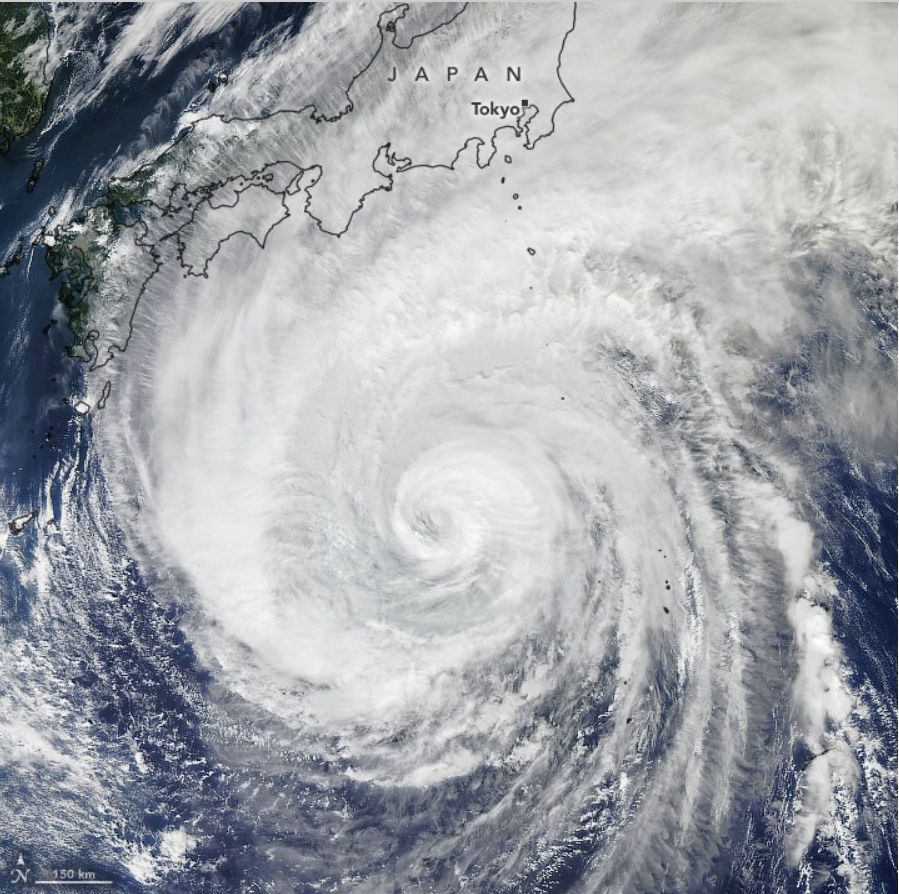
Figure 1: Super Typhoon Hagibis approaching Japan on October 11th 2019, three days before the planned start of the NDACC Steering Committee meeting. Source: https://earthobservatory.nasa.gov
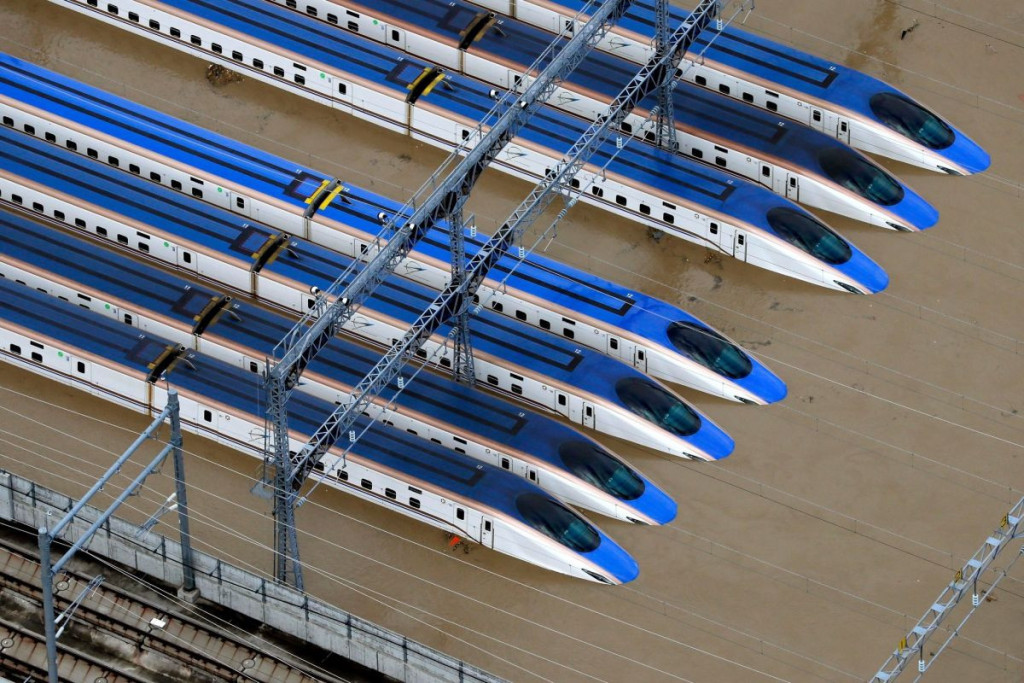
Figure 2: Japanese bullet trains flooded near Nagano by heavy rainfall from Typhoon Hagibis, up to 1000 mm in 24 hours. Fortunately Tsukuba and the Tokyo area, only 200 km south-east of Nagano, were not affected to such a degree. Source: http://www.nytimes.com https://static01.nyt.com/images/2019/10/12/world/00TYPHOON-HAGIBIS-PHOTO.
The NDACC Steering Committee meeting brings together all major stakeholders to discuss NDACC business including station issues, current and future activities, and the general role and evolution of NDACC. In addition to reports from the various Working Groups, Cooperating Networks, and affiliated organizations, a substantial part of the meeting deals with maintaining and improving the NDACC website at www.ndacc.org, and the NDACC database at https://www-air.larc.nasa.gov/missions/ndacc/data.html.
Highlights of the 2019 steering group meeting include:
- the significant progress toward more up-to-date data sets and instrument metadata files in the NDACC database. To a large degree this happened thanks to the efforts of Jeannette Wild, who chased many people before the meeting and presented the fruits of her labor via Zoom. While there are always some stations with worrisome issues, there has also been good news about several stations, e.g. Lauder, New Zealand (and the All Black Rugby team is also doing very well at the Rugby World Championship in Japan).
- information about the improvements to the NDACC website made over the last year by Jeannette Wild and presented remotely via Zoom at impossible times well outside of normal business hours, due to the time difference for all the remote participants. Jeannette also informed the group about the planned move of the NDACC database from NOAA CPC to the NASA Langley DAAC.
- site visits (Figs. 3, 4) to the Japanese National Institute for Environmental Studies (NIES), and the Meteorological Research Institute (MRI) of the Japanese Meteorological Agency (JMA), which host an impressive set of atmospheric measurements, including ozone and aerosol profiles over many decades.
- the Japanese style conference dinner with delicious Japanese food, as well as Japanese flute- and koto- (a type of Zither, and the nation instrument of Japan) music. A surprise guest at the dinner was Hideaki Nakane, a long-time member of the NDSC Steering Committee from the 1990s until 2015.
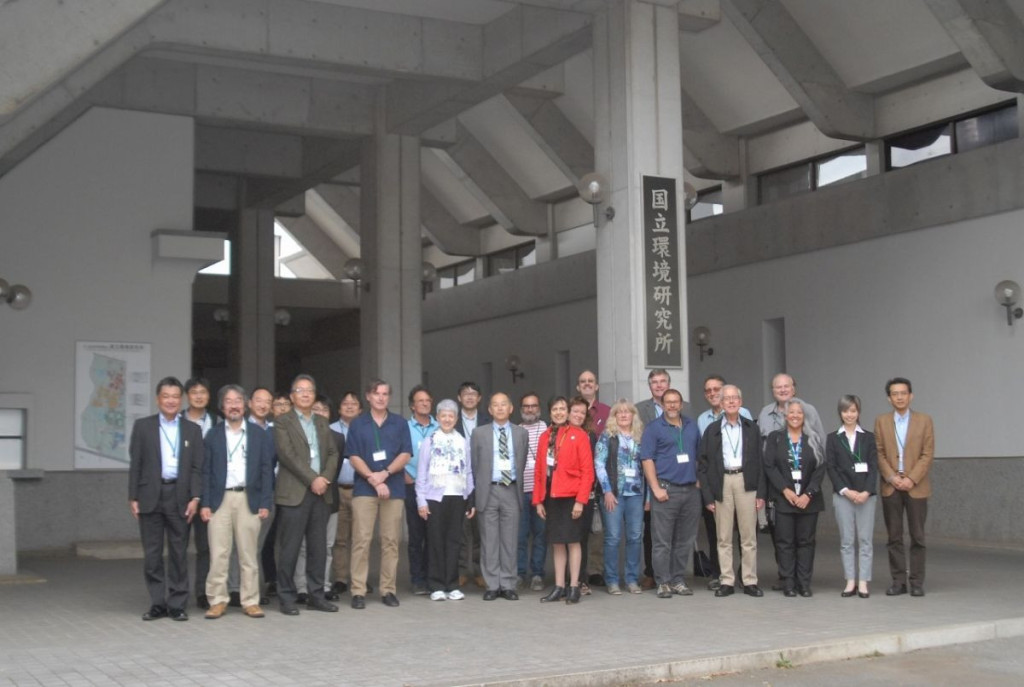
Fig. 3: NDACC Steering Committee visited the National Institute for Environmental Studies (NIES) in Tsukuba, Japan on Thursday, October 17, 2019.
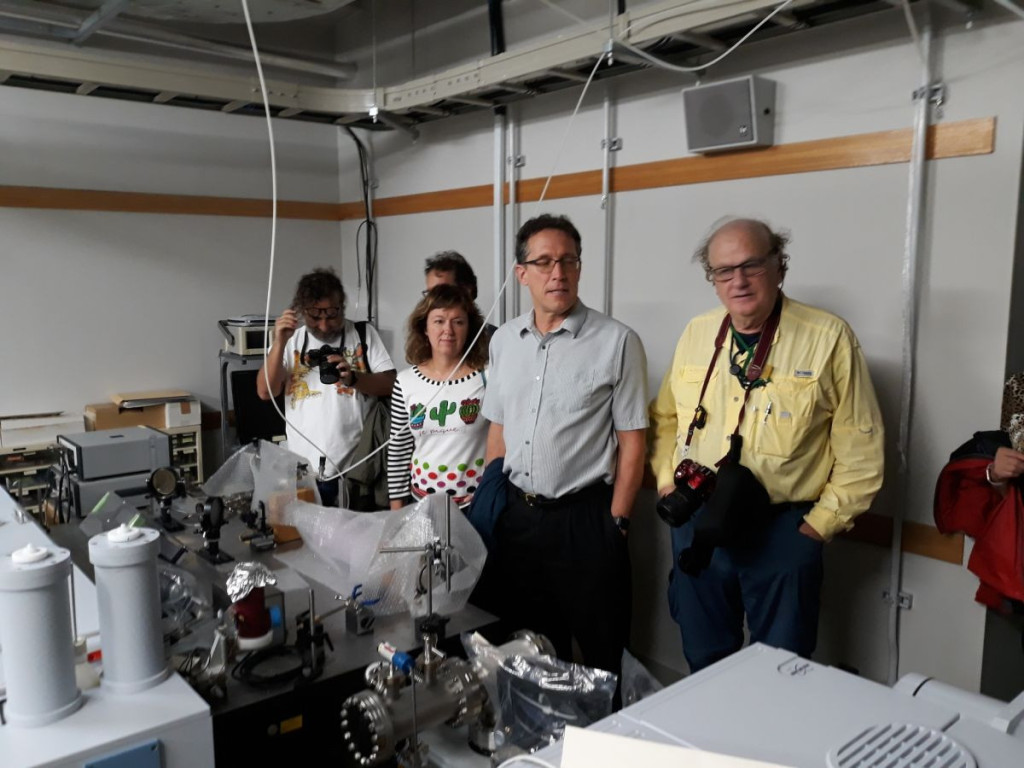
Fig. 4: Alberto Redondas, René Stübi, Angelika Dehn, Gerald Nedoluha, and Jim Elkins were among those who visited the FTIR lab at NIES on Thursday October 17, 2019.
Martine De Mazière from the Royal Belgian Institute for Space Aeronomy (BIRA-IASB) was confirmed for another three-year term as NDACC Co-Chair. NDACC is so well chaired and run by the famous 'First Ladies' of NDACC: Anne Thompson, Martine De Mazière, Jeannette Wild, and Kathy Thompson (now joined by Susan McFadden as number five). Martine followed most of the meeting remotely via Zoom, and presented the European ACTRIS (Aerosol, Cloud and Trace gas Research Infra-Structure) Program in which BIRA-IASB plays an important role. BIRA-IASB is using NDACC ground-based data to validate atmospheric composition analyses calculated by ECWMF under CAMS (the European Copernicus Atmosphere Monitoring Service). In order to improve data quality, also in NDACC, BIRA-IASB aims for central quality control and central processing, e.g. for UV-VIS data from MAX-DOAS instruments, or FTIR data. Such central processing is different from the general NDACC approach, where stations, instruments and processing are very much driven by the Principal Investigators (PIs). Not all PIs agree with centralized approaches, and this will remain a topic for discussion at future NDACC meetings.
After the official end of the meeting at noon on Friday, Hideaki Nakajima and Akira Mizuno took a few remaining NDACC people on a private tour to a local sake brewery and to Tsukuba-San Shrine and Mountain. Hopefully our prayers at the shrine will be heard, and NDACC's future will be even clearer than the view from Tsukuba-San Mountain (Fig. 5).
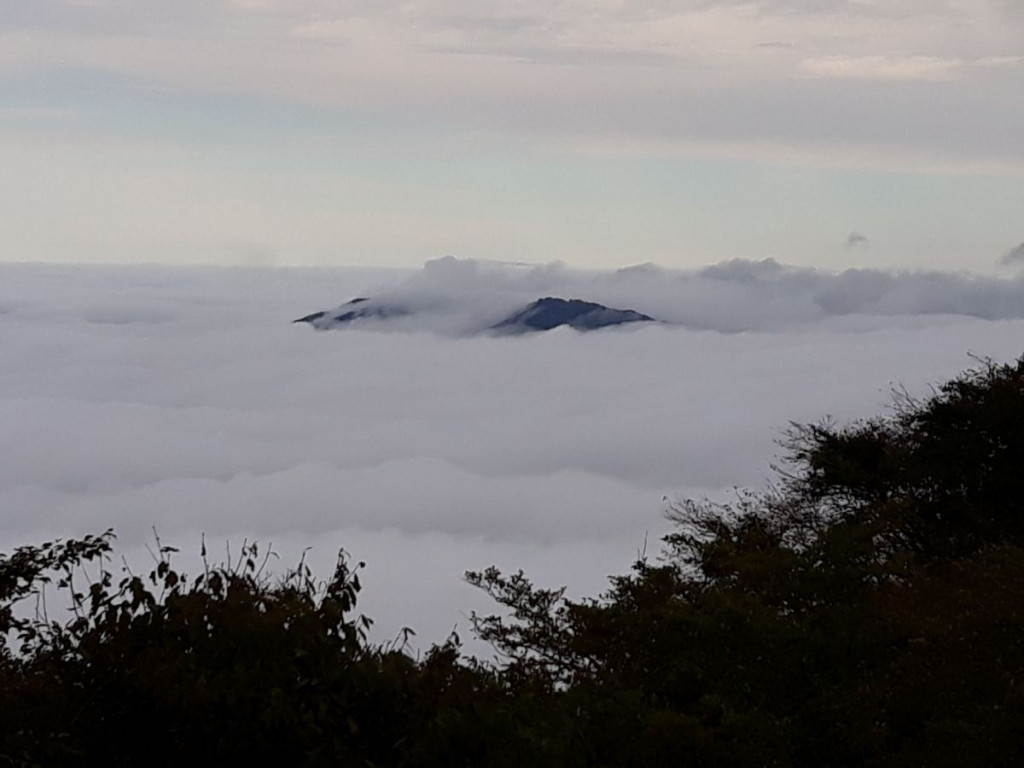
Fig. 5: View from Tsukuba-San Mountain, Friday October 18, 2019.
Article provided by Wolfgang Steinbrecht, Deutscher Wetterdienst / the German Meteorological Service.